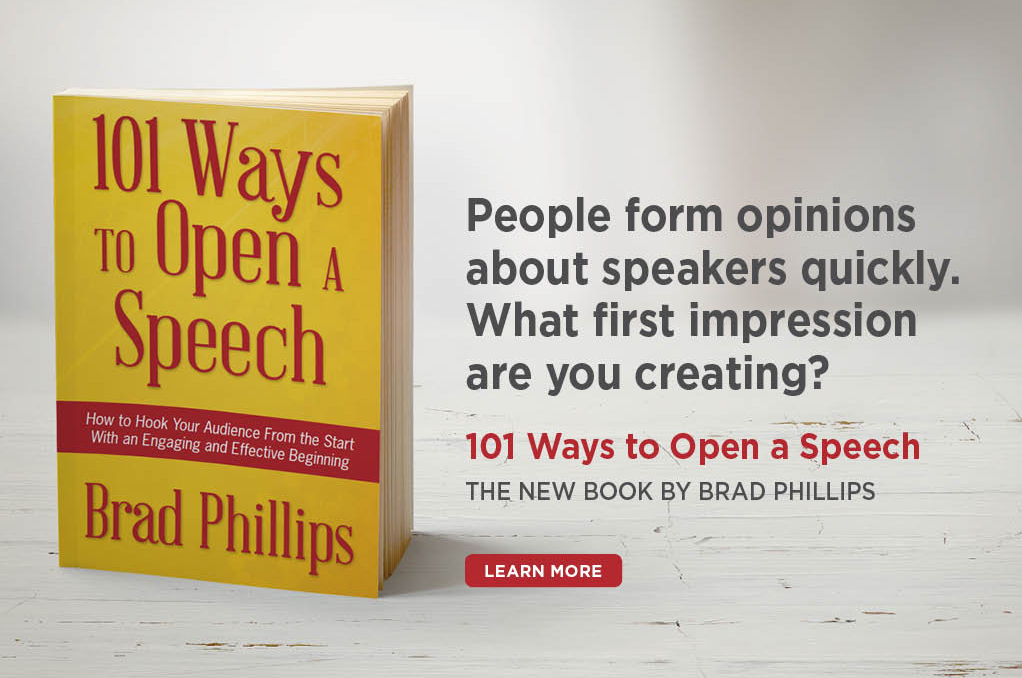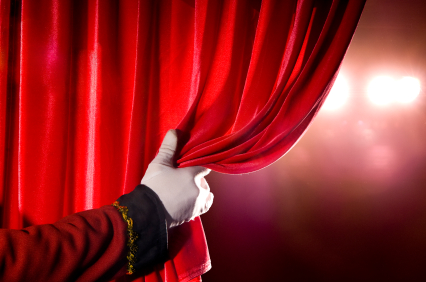How To Open A Speech #59: The Information Gap Open
This is an excerpt from my new book, 101 Ways to Open a Speech, now available at Amazon.
My wife and I enjoy watching “whodunit” television shows. The basic plots of almost all of those programs are virtually identical: a crime of some sort is committed, investigators track down evidence to identify the perpetrators, and those responsible are captured and punished for their actions.
Those shows capture our attention quickly because the opening minutes expose gaps in our knowledge. We know someone committed the crime — we just don’t know who or why.
In his paper “The Psychology of Curiosity: A Review and Reinterpretation,” Carnegie Mellon University professor George Loewenstein offers an explanation for why such gaps in our knowledge often compel us to learn more.
Loewenstein concludes that curiosity is higher, on balance, when “a single piece of information can throw light on the entire problem.” He calls that an “insight,” which stands in contrast to knowledge obtained more incrementally. He also asserts that people who already know a lot about a topic are often more interested in learning the parts of the topic they don’t know.
“Consider an individual who knows the capitals of only 3 of the 50 states. Such a person is likely to frame her or his knowledge as such (i.e. that she or he knows 3 state capitals). However, a person who knows the capitals of 47 states is more likely to frame her or his situation as not knowing 3 state capitals. Thus, as information about a topic increases, one’s attention is more likely to be attracted to the gap in one’s knowledge.”
If you’re speaking to a group that already knows a lot about your topic and you can offer an insight that fills a hole in their existing knowledge, you can begin by exposing that gap—which will give them ample reason to pay attention until the end.
This is an excerpt from my new book, 101 Ways to Open a Speech, now available at Amazon. You can read more about the book here.



